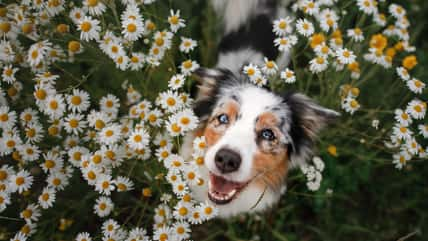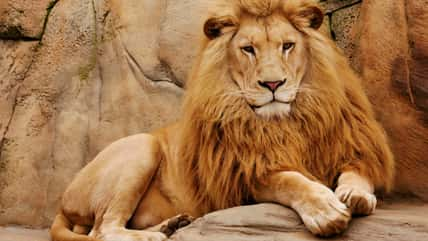These Adorable Marsupials Called Quokkas Hail From Australia And Are Known As “The Happiest Animals In The World”

There’s no shortage of cute creatures in the animal kingdom. From cuddly kittens and fluffy foxes to miniature piglets and baby pandas, all manner of adorable animals are admired by humans everywhere. Cute and funny animal videos are one of the most visited corners of the internet!
But even if you spend much of your free time indulging in all things animal, you might not have come across the creature that’s known as the “happiest animal in the world.” The joyous-looking Quokka hails from a small region of southwestern Australia. Once you see their furry faces, you’ll understand why they’ve been given the above title.
Quokkas are marsupials that are native to a sparsely populated island called Rottnest Island, which is just off the coast of Perth and can be reached through a short ferry ride. With dozens of beautiful bays and beaches, the area is a favorite holiday destination. Nearly 700,000 tourists visit the island each year.
Rottnest got its name in 1696 after Dutch explorer Willem de Vlamingh mistook the macropods (members of the marsupial family) for giant rats. In honor of his sighting, he named the island “Rotte Nest” (rat’s nest).
The Quokka is described as having thick, coarse fur, bright, beady eyes, rounded ears, a short tail, and a smile that stretches across its small, broad face. They are most active at night and will take shelter in dense vegetation during the day.
These creatures are herbivores that feast on various grasses and shrubs. They can store fat in their tails as energy reserves for when food is scarce. On Rottnest, fresh water is in short supply, so luckily, they don’t need much of it to survive, lasting up to a month without a drink.
Quokkas can live for up to ten years and start breeding once they’re 18 months old. They give birth just 27 days after mating. Females will produce a single young joey that’s blind, pink, and hairless. The joey will stay in its mother’s pouch for about six months.
You might think these darling animals could do no wrong, but it turns out they’re capable of something extremely dark and diabolical. When faced with a threat, Quokka mothers will sacrifice their young to escape predators. They expel their joeys from their pouches, using them as a decoy, which attracts the predator, providing the mother with time to flee to safety. It’s the ultimate survival strategy that will protect her from harm and ensure her future reproduction.
The lack of cars and predators on the island has helped the Quokka population grow. Today, around 10,000 Quokkas live on the island. A small number of them frequent forests on the mainland, but their existence is threatened by habitat loss, forest fires, and predators, such as cats and foxes. Overall, the species is listed as vulnerable.

Hideaki – stock.adobe.com – illustrative purposes only, not the actual quokka
Quokkas are one of Australia’s friendliest and most photogenic marsupials. They are accustomed to the presence of humans and will pose for photos with people.
The Nature Conservancy of Australia has provided a few tips for taking Quokka selfies and interacting with the Quokkas in general.
For one, early mornings and early evenings are the best times to seek out a Quokka for a picture. When you spot one, do not chase after it.
Instead, allow it to approach you. Take the selfie from a respectable distance so as not to startle the Quokka.
You should never touch Quokkas or feed them human foods. Human foods have high levels of salt, which can dehydrate Quokkas and worsen their health.
If you ever get the chance to take a selfie with a Quokka, you’ll be sure to break out in a grin as wide as the Quokka’s itself!
Sign up for Chip Chick’s newsletter and get stories like this delivered to your inbox.
More About:Animals





